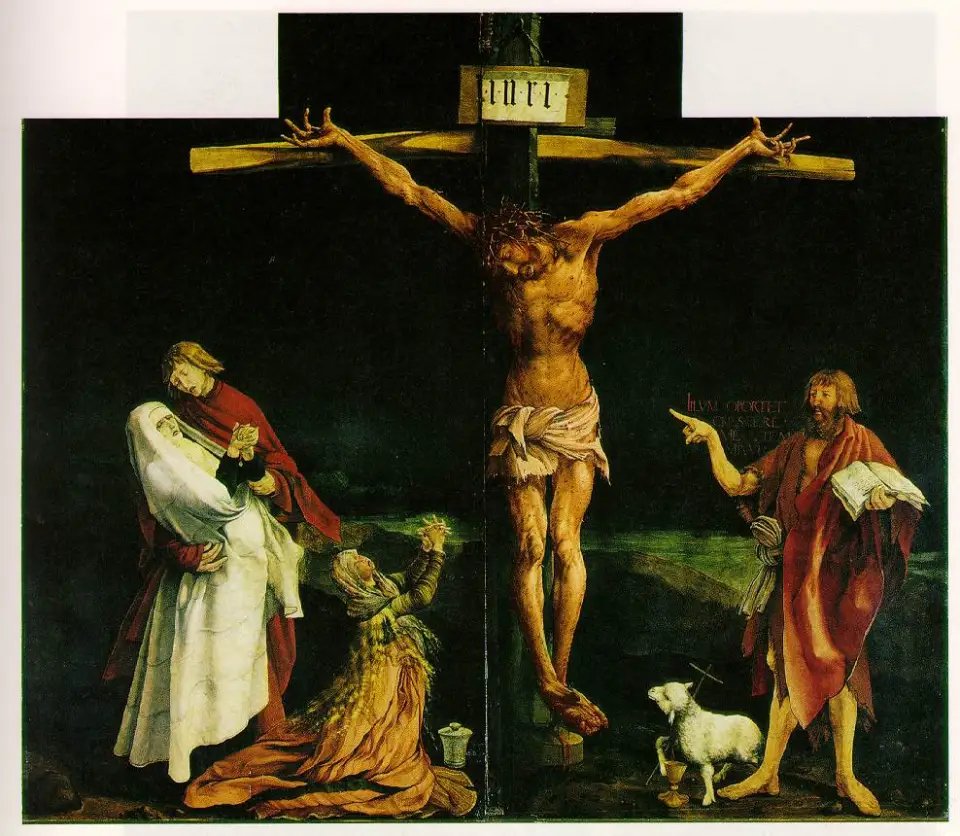The Songs of the Sympathetic Priest
Where are all the songs of the Sympathetic Priest?
And where are the hymns that the broken-hearted could sing to the God who not only rescues us from “the depths,” nor only stands sovereign over "the depths," but also abides with us in "the depths"?
That’s the question that I’ll be asking a room-full of songwriters and musicians gathered at the WOR/TH conference in Washington, D.C., on October 25.
But my question requires a bit more clarification.
It’s not that the church lacks songs of lament. It has its plaintive Kyrie, thank God, which the monks have sung for centuries, and it has its exquisite choral works, like Mozart’s Requiem in D Minor, and its soaring oratorios, as with Bach’s St. Matthew Passion.
It has its Spirituals (“Nobody knows de trouble I’ve seen”) and its folk melodies like the kind that we hear on The Porter's Gate's albums, “Lament Songs” and “Sanctuary Songs.”
It has Charles Wesley’s funeral hymns, Jon Guerra’s devotional songs, Blind Willie Johnson’s blues (“Dark Was the Night, Cold Was the Ground”) and Katharina von Schlegel’s psalm-saturated composition, “Be Still, My Soul.”
It has U2’s “40” that it could sing any time that it wished.
But that’s not what I’m after.
I’m after the songs that make it onto Christian radio stations and that exercise an inordinate influence upon the majority of Christians across the globe.
I’m after the kind of music that Chris Tomlin, Hillsong, and Christy Nockels play: pop or anthemic rock.
I’m after congregational songs, not personal or communal in a generic way.
When Glenn Packiam looked at the 104 songs that appeared in the “Top 25” most-sung songs in U.S. churches over the past 25 years, he discovered that none of them were in the minor key. The historian Lester Ruth found that the verb “cry” appeared only 6X and the verb “mourn” was completely absent.
There are exceptions, yes, like Matt Redman’s beautiful “Son of Suffering” and Hillsong’s “Desert Song” (kinda).
But is it possible to imagine a greater number of songs that might serve as musical analogs to Matthias Grünewald’s early sixteenth-century crucifixion painting which gave visual form to the Sympathetic Priest who identifies in and with the suffering of skin-diseased patients at the Monastery of St. Anthony?
That's what my talk is banking on.
If you know of a musician or songwriter or worship leader who would benefit from this one-day conference, feel free to encourage them to come and to share with them this link.


